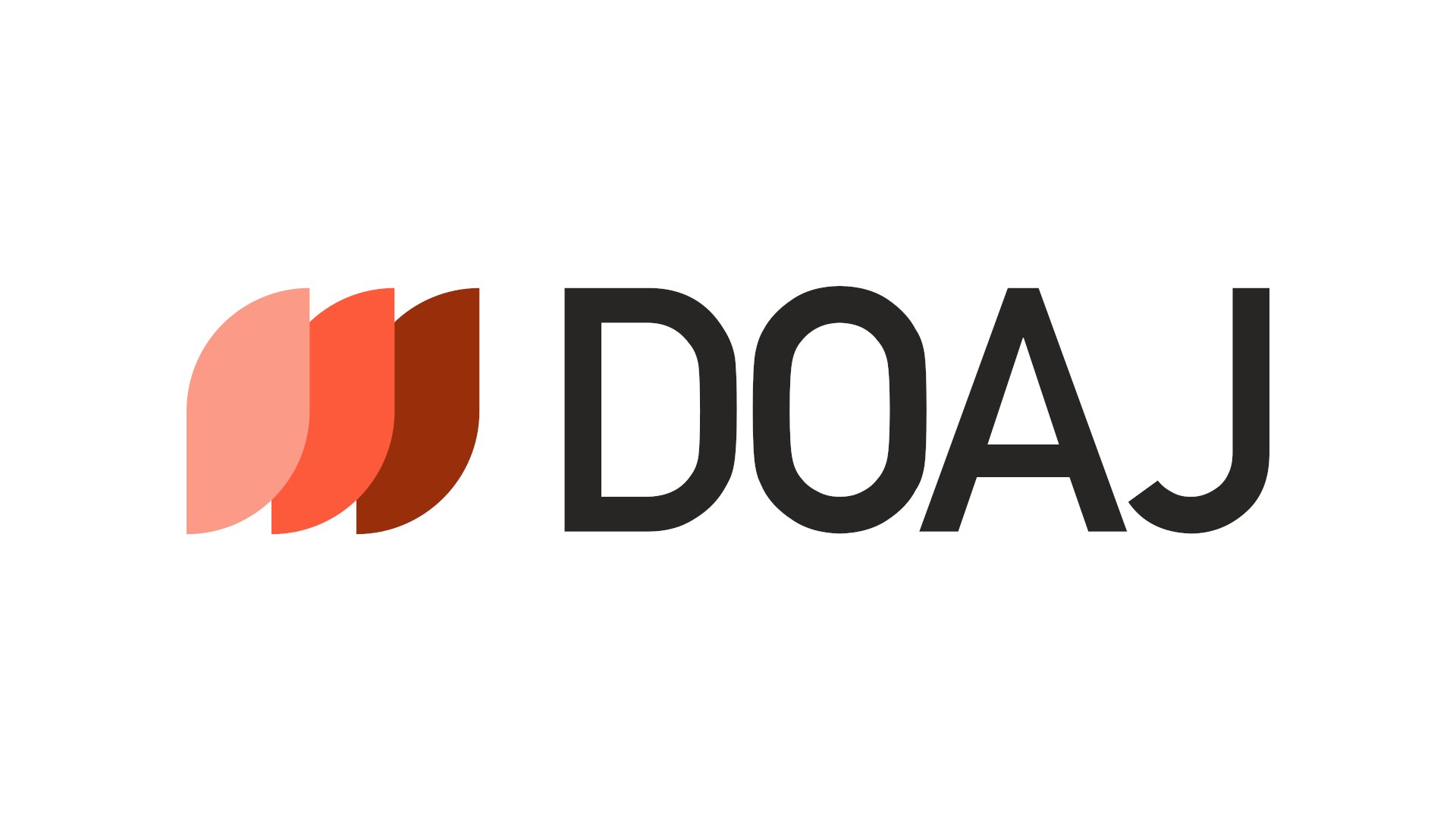Optimizing Performance in Distributed Cloud Architectures: A Review of Optimization Techniques and Tools
DOI:
https://doi.org/10.33022/ijcs.v13i2.3805Abstract
This research paper presents a groundbreaking hybrid transactional/analytical processing (HTAP) architecture designed to revolutionize real-time point cloud data processing, particularly in autonomous driving environments. Integrating elements from both columnar and row-based tables within a spatial database, the proposed architecture offers unparalleled efficiency in managing and updating point cloud data in real-time. The architecture's distributed nature operates through a seamless synergy of Edge and Cloud components. The Edge segment operates within the Robot Operating System (ROS) environment of the vehicle, while the Cloud counterpart functions within the PostgreSQL environment of cloud services. The communication between these components is facilitated by Kafka, ensuring rapid and reliable data transmission. A pivotal aspect of the proposed system lies in its ability to autonomously detect changes in point cloud data over time. This is achieved through a sophisticated algorithm that analyzes dissimilarities in the data, triggering real-time updates in areas where high dissimilarity is detected. The system ensures the maintenance of the latest state of point cloud data, contributing significantly to the generation of safe and optimized routes for autonomous vehicles. In terms of optimization, the paper demonstrates how the HTAP architecture achieves real-time online analytical processing through query parallelization in a distributed database cluster. The system's efficacy is evaluated through simulations conducted in the CloudSim framework, showcasing its scalability, adaptability, and robustness in handling point cloud data processing for a single vehicle. While acknowledging the achievement of the proposed architecture, certain limitations are recognized. The study highlights the need for further investigation into the system's performance under simultaneous analysis and updates from multiple vehicles. Additionally, ensuring seamless scalability and robustness for uninterrupted operation and expansion during runtime is identified as an area requiring further development.
Published
Issue
Section
License
Copyright (c) 2024 Khalid Ibrahim Khalaf Jajan, Subhi R. M. Zeebaree

This work is licensed under a Creative Commons Attribution-ShareAlike 4.0 International License.



